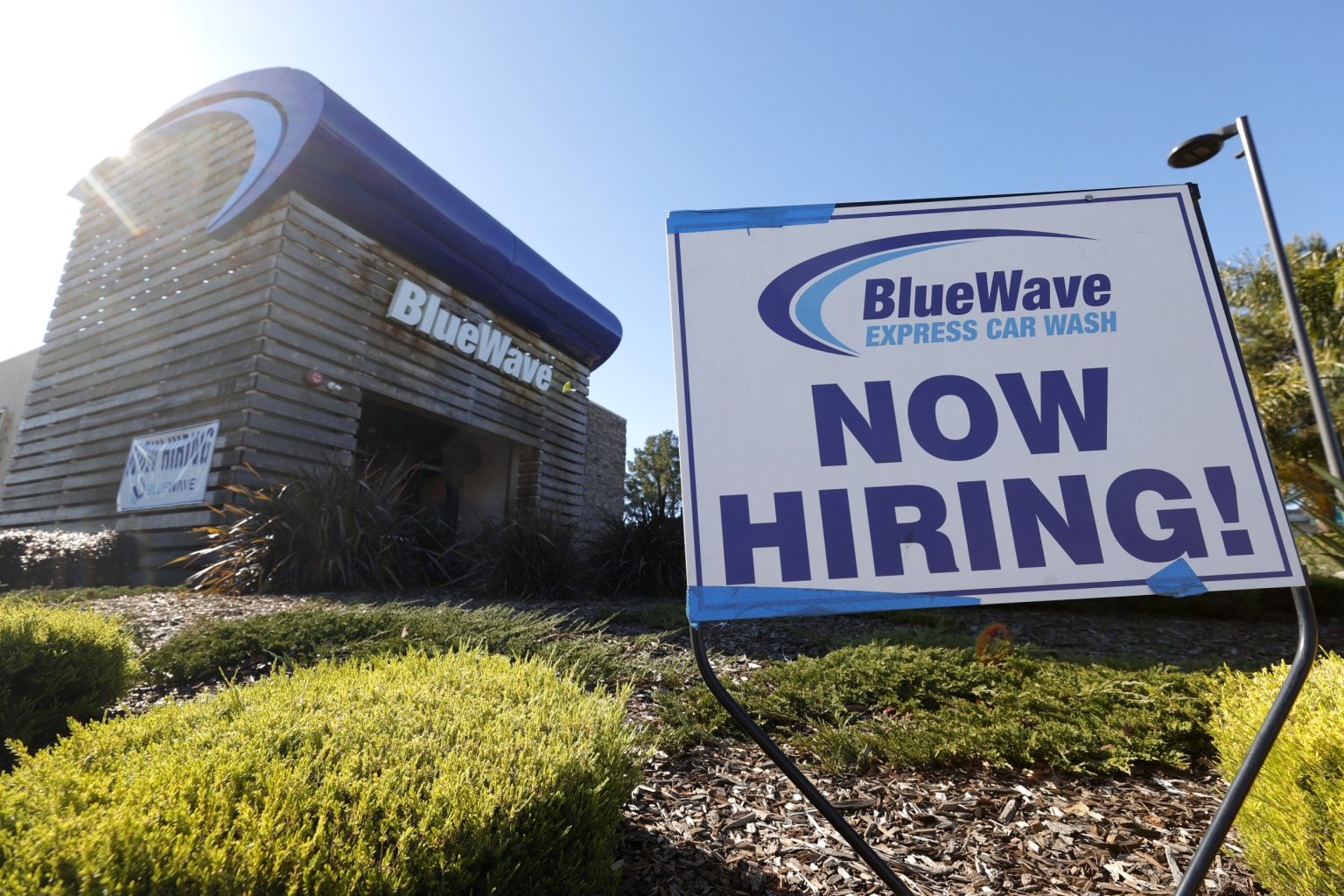In April, the number of job openings available for Americans dropped by nearly 300,000 to 8.06 million, the lowest level since 2021. This decrease in job openings was accompanied by a slowdown in hiring, with 23,000 new hires compared to the prior month and 311,000 fewer new hires annually. However, Americans were also seen quitting their jobs, with 98,000 more workers leaving their jobs in April than in the previous month. Meanwhile, layoffs increased slightly by 62,000 compared to the previous month, but were lower than a year ago.
The American jobs market suffered greatly during the pandemic, with millions of workers losing jobs due to lockdown measures that halted the economy, leading to a near 15 percent unemployment rate. As the economy reopened, hiring increased, providing job opportunities across various sectors. The increased demand for workers also resulted in rising wages and gave workers more freedom to choose the type of work they wanted to do. Despite high inflation and rate hikes by the Federal Reserve to combat rising prices, economists believe that the labor market is moving towards stability post-pandemic.
Economists observed that the U.S. labor market seems to have returned to a more normal state after being disrupted by the pandemic for over four years. While certain sectors such as physically strenuous jobs still have a demand for workers, white-collar industries are experiencing a cooling off period. The recent job market data presents a mixed view, with a decline in job openings but an increase in hiring and quits, implying resilient demand and plentiful opportunities. Layoffs remain historically low, indicating that workers continue to enjoy significant job security.
The health care sector has been a major driver of job growth over the last year, with job openings up by 35 percent and hiring increasing by 19 percent, leading to the addition of 750,000 new workers. This sector is expected to maintain strong hiring trends in the future due to factors such as the likelihood of limited job automation and demographic changes. The Federal Reserve has been closely monitoring the labor market, particularly in relation to inflation and wage growth, as it determines monetary policy decisions.
Analysts noted that the April job openings data suggested a cooling job market, alleviating concerns about wages spiraling out of control and accelerating inflation. The Federal Reserve has maintained borrowing costs at their current range of 5.25 to 5.5 percent, signaling a commitment to keep rates elevated as long as inflation remains above the target of 2 percent. The performance of the labor market is seen as a positive sign for the trajectory of inflation, with the potential for easing wage growth in the coming months. Overall, the report indicates that wages are unlikely to create inflationary pressures in the remainder of 2024.
In conclusion, the recent data on job openings, hiring, and quits in the American labor market reflects a return to normalcy post-pandemic. While job openings decreased, hiring and quits increased, pointing to a healthy level of demand and job opportunities for workers. The performance of the labor market is closely watched by the Federal Reserve as it navigates monetary policy decisions in response to inflation and wage growth trends. The overall outlook suggests stability in the job market and a potential easing of wage pressures in the months ahead.


